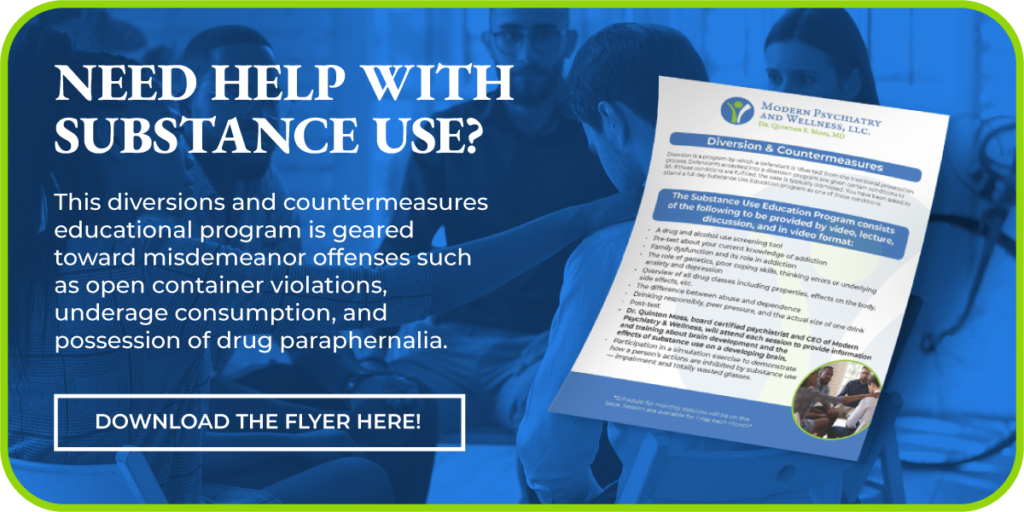ADHD is a neurodevelopmental disorder that affects millions worldwide. It is characterized by inattention, hyperactivity, and impulsivity. Left untreated, ADHD can impact a person’s ability to function in their daily lives, including their personal relationships, school, and work. Recognizing the symptoms of ADHD at an early age can help individuals manage it.
Learn to Overcome Your Worries and Anxiety with our eBook
What is ADHD, and What are its Causes?
It is estimated that 6 million children aged 3-17 are diagnosed with ADHD (attention-deficit/hyperactivity disorder), making it one of the most prevalent brain development disorders. Typically, it is diagnosed in childhood, and the symptoms might last into adulthood. The exact causes of ADHD are not fully understood; however, research indicates that a combination of genetic and environmental factors may lead to the development of ADHD. This includes substance use during pregnancy, exposure to environmental hazards (such as lead) during pregnancy or infancy, premature birth, low birth weight, or a family history of ADHD.
There are three different types of ADHD: predominantly inattentive, predominantly hyperactive-impulsive, or a combination of the two. Each type has common symptoms associated with them.
Symptoms of ADHD
Predominantly Inattentive ADHD (ADHD-PI or ADD)
Individuals with this type of ADHD experience difficulties with focusing and paying attention, but typically don’t show hyperactive or impulsive behaviors. Symptoms include:
- being forgetful and losing items often
- overlooking details and making inattentive mistakes
- easily distracted
- trouble focusing or paying attention for extended periods of time
- becoming easily bored
- difficulty with time management
- not paying attention during conversations
Predominantly Hyperactive-Impulsive (ADHD-PHI)
People with this type of ADHD have trouble keeping still or suppressing urges to act. This type of ADHD is less common.
- fidgeting and squirming
- moving around seemingly without reason
- struggling to stay quiet
- talking excessively
- finishing other people’s sentences, interrupting questions with an answer, or frequently interrupting others
Combined (ADHD-C)
Individuals with this type of ADHD present the symptoms and behaviors associated with both Inattentive and Hyperactive-Impulsive types. However, since symptoms may change over time, it is possible that the predominant form of ADHD changes from patient to patient.
Treatments for ADHD
Through medication, behavior therapy, and lifestyle changes, symptoms of ADHD can be alleviated. Having parents and educators work closely with people diagnosed with ADHD at a young age can help improve treatment. Medications and stimulants can be used to boost activity in areas of the brain that control attention and behavior. There are non-stimulant options available that are less habit-forming, but they need 3 to 4 weeks to take effect. Working with medical professionals can help identify the best plan for ADHD patients. However, since the long-term effects of ADHD medication are relatively unknown, behavioral therapy treatments are also implemented.
Behavioral and individual therapy treatments help children eliminate harmful behaviors, so starting earlier helps maximize effectiveness. Having support from parents, educators, and professional counselors helps manage the symptoms of ADHD and develop good practices.
Importance of Diagnosing ADHD
ADHD can impact various aspects of an individual’s life. Early diagnoses of ADHD can help individuals manage their symptoms and improve their personal, academic, and professional outcomes. Recognizing the symptoms and seeking treatment can make a significant difference in managing the condition’s effects. At Modern Psych, we provide individual therapy to work through challenges, increase your understanding of yourself and others, set personal goals, and work towards all the changes you desire. Check out our services to learn more.


